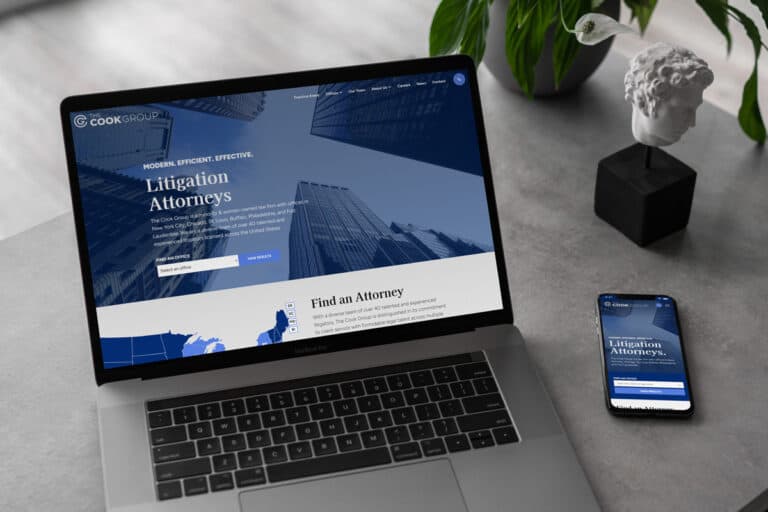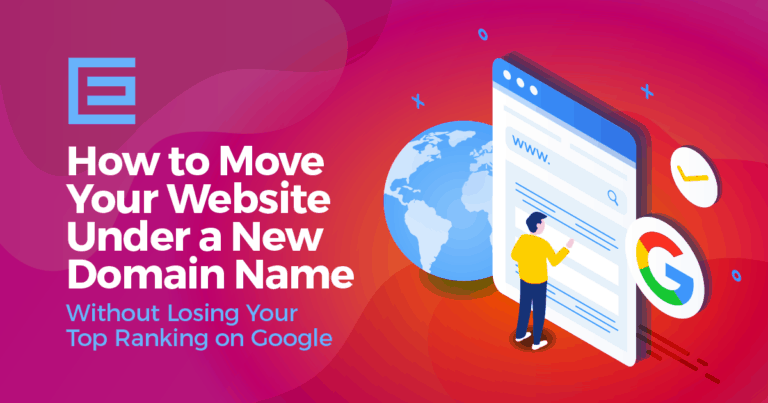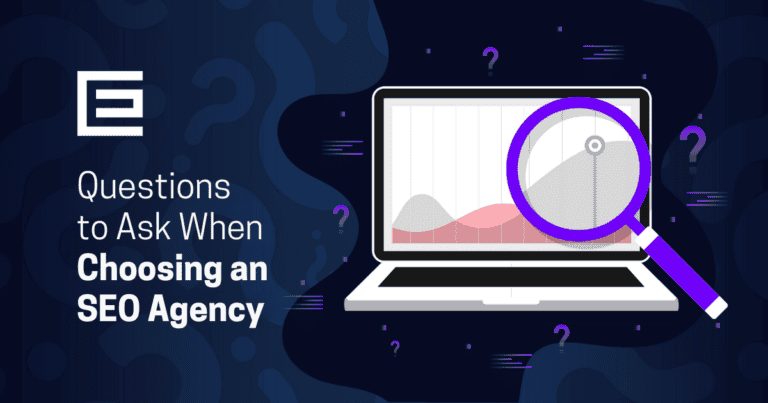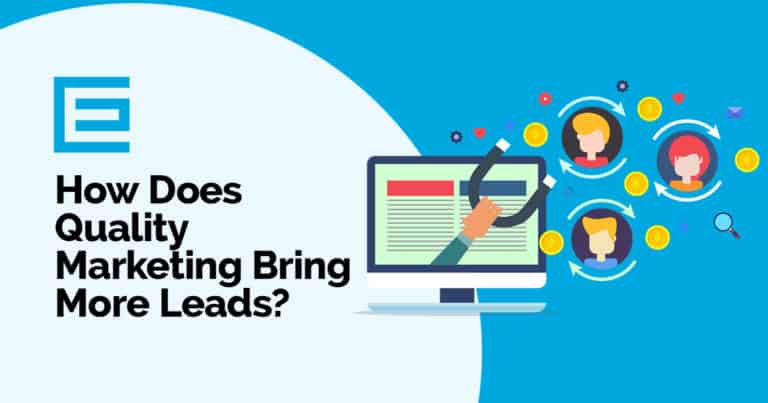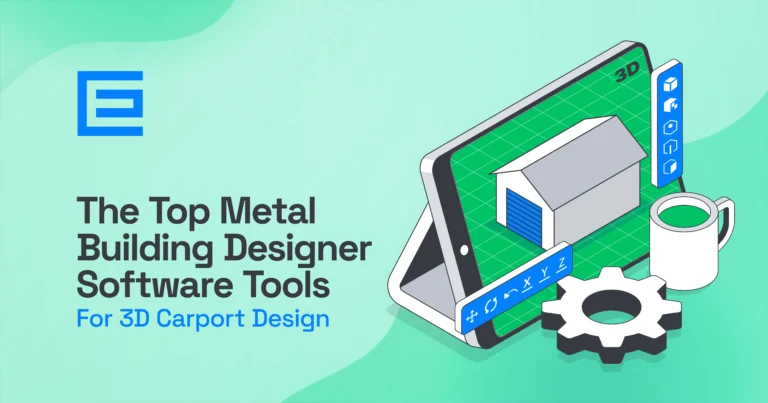A website is often the first point of contact between a business and its potential customers. It serves as a digital storefront, reflecting the company’s brand, values, and professionalism. Therefore, selecting a web design company that aligns with your business goals and understands your target audience is essential.
The right company will not only create a visually appealing website but also ensure it is user-friendly, responsive, and optimized for search engines. This can lead to increased engagement, higher conversion rates, and ultimately, business growth.
- 1Understanding Your Website Requirements
- 2Setting a Budget
- 3Evaluating Portfolios and Past Work
- 4Assessing Company Expertise and Experience
- 5Considering Company Reputation and Client Feedback
- 6Understanding the Design Process
- 7Checking for Additional Services
- 8Comparing Pricing and Value
- 9Making the Final Decision
- 10FAQs
Understanding Your Website Requirements
Before embarking on the journey of selecting a web design company, it is crucial to have a clear understanding of your website’s purpose. This foundational step involves identifying the primary objectives you wish to achieve through your online presence. Whether your website is intended to serve as an e-commerce platform, an informational hub, a portfolio showcase, or a customer engagement tool, each purpose demands a unique approach in design and functionality. For instance, an e-commerce site requires a secure payment gateway and an intuitive shopping cart system, while a portfolio site might focus more on high-quality image galleries and minimalistic design.
Once the purpose is defined, the next step is to list the features and functionalities needed to support this purpose. This could include various elements such as a content management system (CMS) for easy updates, social media integration for enhanced user engagement, or analytics tools to track visitor behavior. If your website is aimed at generating leads, incorporating contact forms, chatbots, or call-to-action (CTA) buttons becomes essential. For those focusing on content dissemination, a blog section with easy navigation and search functionality might be a priority.
It’s also important to consider the scalability and future growth of your website. As your business evolves, your website should be able to adapt and incorporate additional functionalities or content without requiring a complete overhaul. Understanding these requirements in detail not only helps in conveying your vision to the web design company but also plays a pivotal role in aligning the website’s design and development with your business goals. This clarity ensures that the final product not only meets but exceeds your expectations, providing a solid foundation for your online presence.
Setting a Budget
Setting a budget is a fundamental aspect of the web design process, often dictating the scope and quality of the final product. A well-planned budget is crucial as it helps in managing expectations, both for the business owner and the web design company. It ensures that the project remains financially viable without compromising on essential features and functionalities. A clear budget also aids in avoiding unexpected costs and overruns, which can be a common issue in web development projects.
When setting a realistic budget, it’s important to first conduct thorough research. Understand the average costs of web design services in your industry and region. This will give you a ballpark figure to start with. It’s also essential to break down the website’s requirements into must-haves and nice-to-haves. Prioritize elements that are crucial for the website’s functionality and align with your business goals. This prioritization helps in allocating funds more effectively.
Another tip is to consider the long-term costs associated with the website. Apart from the initial design and development costs, websites also incur ongoing expenses such as hosting, maintenance, updates, and possibly content creation. Ensure that your budget accounts for these recurring costs to keep your website running smoothly post-launch.
Additionally, be transparent about your budget with potential web design companies. This openness allows them to tailor their services and suggest solutions that fit within your financial constraints. It also helps in establishing a realistic scope of work, ensuring that the project deliverables are achievable within the set budget.
In summary, a well-defined budget is not just about limiting expenses; it’s about making informed decisions that balance cost with the value delivered. By setting a realistic budget, you are laying a strong foundation for a successful web design project that meets your business needs without financial strain.
Evaluating Portfolios and Past Work
Evaluating the portfolios and past work of potential web design companies is a critical step in the selection process. A portfolio not only showcases the company’s design style and technical capabilities but also provides insight into their experience and expertise in handling projects similar to yours. Reviewing past work allows you to gauge whether their design philosophy aligns with your vision and if they have a proven track record in your industry or with similar website functionalities.
When looking through a portfolio, pay attention to the diversity of designs and the range of industries served. This variety indicates the company’s ability to adapt to different client needs and suggests a broad skill set. Look for examples that resonate with your project in terms of style, complexity, and features. It’s also important to assess the user experience of the showcased websites. Navigate through them to evaluate their responsiveness, loading times, and ease of use. A well-designed website should offer a seamless user experience across all devices.
Another critical aspect to consider is the effectiveness of these websites in achieving their intended goals. This is where case studies and success stories become invaluable. Case studies provide a deeper understanding of the company’s approach to problem-solving and innovation. They often detail the challenges faced, the solutions implemented, and the results achieved. Success stories, on the other hand, highlight the impact of the website on the client’s business, such as increased traffic, higher conversion rates, or improved customer engagement. These narratives offer tangible evidence of the company’s ability to deliver results and add value to your business.
In summary, a thorough evaluation of portfolios and past work is essential in assessing a web design company’s suitability for your project. It helps in understanding their design capabilities, technical proficiency, and success in delivering projects that not only look good but also perform well and meet business objectives.

Assessing Company Expertise and Experience
When choosing a web design company, assessing their expertise and experience is crucial to ensure they can meet your specific needs. Web design is a multifaceted field, encompassing various areas of expertise that contribute to the creation of a successful website. Understanding these different areas can help you evaluate whether a company has the comprehensive skill set required for your project.
Different Areas of Web Design Expertise
- User Experience (UX) and User Interface (UI) Design: This involves creating a website that is not only aesthetically pleasing but also user-friendly. A company skilled in UX/UI design will focus on making your website intuitive and easy to navigate, ensuring a positive user experience.
- Responsive Design: With the increasing use of mobile devices, it’s essential for websites to be mobile-friendly. Expertise in responsive design means the company can create a website that looks and functions well on all devices, regardless of screen size.
- SEO and Digital Marketing: A web design company with expertise in SEO and digital marketing can build a website optimized for search engines, enhancing your online visibility and driving more traffic to your site.
- Content Management Systems (CMS): Proficiency in various CMS platforms like WordPress, Joomla, or Drupal is important for allowing easy content updates and management of your website post-launch.
- E-commerce Functionality: If you’re running an online store, expertise in e-commerce design and integration is crucial. This includes an understanding of shopping carts, payment processing, and security measures.
The Significance of Industry-Specific Experience
Having industry-specific experience is a significant advantage when selecting a web design company. Companies with experience in your industry are more likely to understand your target audience, the competitive landscape, and the specific challenges and opportunities your business faces. This familiarity allows them to create a website that resonates with your audience and meets industry standards.
For instance, a web design company that has worked extensively with e-commerce businesses will be adept at creating user-friendly shopping experiences and understand the nuances of online sales. Similarly, a company experienced in designing websites for law firms will know how to present legal services in a professional and accessible manner.
Assessing a web design company’s expertise and experience in various areas, as well as their familiarity with your industry is vital. It ensures that the company you choose has the necessary skills and knowledge to create a website that not only looks great but also effectively supports your business goals.
Considering Company Reputation and Client Feedback
In the process of selecting a web design company, considering the company’s reputation and the feedback from their previous clients is an essential step. This evaluation provides insights into the company’s reliability, quality of work, and customer service, which are not always apparent through portfolios and service offerings alone.
How to Gauge a Company’s Reputation
- Online Reviews and Ratings: Start by checking online platforms like Google, Yelp, or industry-specific review sites. High ratings and positive reviews are good indicators of a reputable company. Pay attention to how the company responds to both positive and negative reviews, as this can reveal a lot about their customer service approach.
- Industry Awards and Recognitions: Look for any industry awards or recognitions the company has received. Awards from reputable organizations can be a testament to the company’s excellence and innovation in web design.
- Social Proof and Media Mentions: Check if the company has been featured in any major publications or media outlets. Articles or mentions in respected media can reinforce the company’s standing in the industry.
- Client Portfolio: A strong portfolio with recognizable clients can be a good indicator of a company’s reputation. A diverse client base suggests that the company is versatile and trusted by a range of businesses.

Reading Client Testimonials and Reviews
Client testimonials and reviews are invaluable resources for understanding the experiences of those who have already worked with the company. They can provide a more personal and detailed perspective on what it’s like to collaborate with the company.
- Detailed Client Testimonials: Look for detailed testimonials on the company’s website or case studies. These often provide insights into the client’s specific challenges and how the company addressed them, giving you a clearer picture of their problem-solving capabilities.
- Third-Party Review Sites: Besides the company’s website, check third-party review sites. These sites can offer more unbiased feedback. Look for comments on aspects like project management, adherence to deadlines, responsiveness to client needs, and the overall quality of the finished product.
- Direct Client References: If possible, ask the company for direct references. Speaking to past clients can give you first-hand accounts of their experiences, including any challenges they faced and how the company resolved them.
In summary, thoroughly researching a company’s reputation and seeking out client feedback are crucial steps in choosing a web design company. They help you to not only verify the company’s professional capabilities but also gauge their reliability and commitment to client satisfaction. This due diligence ensures that you partner with a company that is not only skilled in web design but also values and upholds high standards in customer service and project delivery.

Understanding the Design Process
Grasping the intricacies of the web design process is crucial when working with a web design company. This understanding not only helps set realistic expectations but also ensures a smooth and collaborative journey from concept to launch. The web design process typically involves several key steps, each playing a vital role in the creation of a successful website.
Steps Involved in the Web Design Process
- Discovery and Research: This initial phase involves understanding your business, target audience, and objectives. The design team will conduct research to gather insights that will guide the design strategy.
- Planning and Strategy: Based on the discovery findings, a plan is formulated. This includes defining the site structure, features, and functionalities. A project timeline is also established in this phase.
- Design and Mockups: The design team then creates visual elements and mockups, which give a preliminary view of the website’s look and feel. This often involves several iterations based on feedback.
- Development: In this technical phase, the website is brought to life. Developers build the site, ensuring it is responsive, functional, and aligned with the agreed-upon design.
- Testing and Review: Before launch, the website undergoes rigorous testing. This includes checking for bugs, compatibility issues, and overall performance. Feedback is gathered for any necessary adjustments.
- Launch: Once everything is polished and approved, the website is launched. This marks the completion of the primary development phase.
- Maintenance and Updates: Post-launch, websites often require ongoing maintenance and updates to ensure they remain current and functional.
Communication and Collaboration with the Design Team
Effective communication and collaboration are key to the success of any web design project. It’s important to establish clear lines of communication from the start. Regular meetings and updates can help keep the project on track and ensure that any concerns or changes are addressed promptly.
- Setting Expectations: Clearly communicate your expectations, preferences, and any specific requirements you have. This helps the design team understand your vision and work towards it effectively.
- Feedback Mechanism: Establish a consistent feedback mechanism. Whether it’s through scheduled meetings, emails, or a project management tool, regular feedback helps in making timely adjustments and keeping the project aligned with your goals.
- Collaborative Tools: Utilize collaborative tools that allow you to view progress, share ideas, and make comments. Tools like Trello, Asana, or Slack can facilitate smooth collaboration.
- Flexibility and Openness: Be open to suggestions from the design team. Their expertise can provide valuable insights that enhance the website’s design and functionality.
- Decision Making: Be decisive and timely with approvals and feedback. Delays in decision-making can impact the project timeline and overall progress.
Understanding the web design process and maintaining effective communication with the design team are essential for a successful web design project. This approach ensures that the final product not only meets but exceeds your expectations, providing a solid foundation for your online presence.
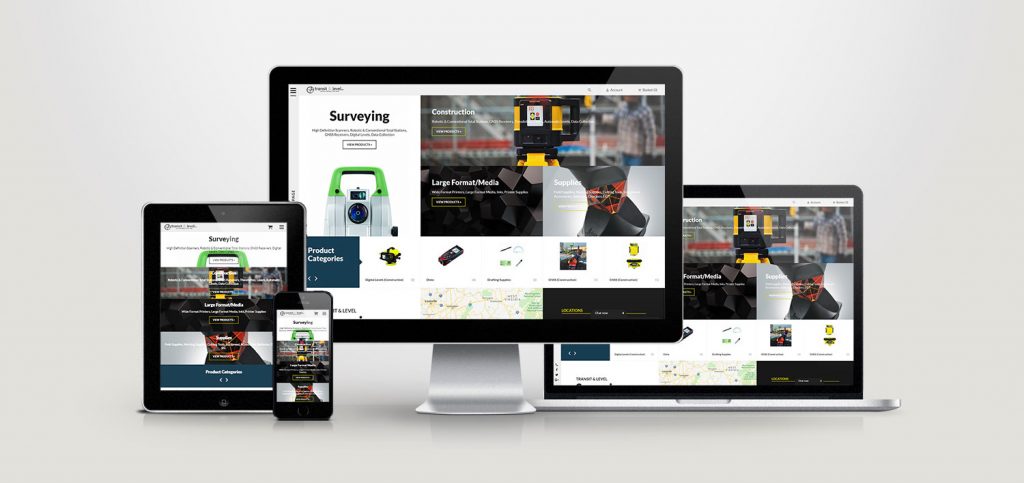
Checking for Additional Services
When selecting a web design company, it’s important to consider not just the immediate task of designing and launching a website, but also the additional services that can enhance and sustain its effectiveness over time. Services like SEO, content creation, digital marketing, and ongoing support and maintenance play a crucial role in the long-term success of your website.
SEO, Content Creation, and Digital Marketing Services
- SEO (Search Engine Optimization): SEO is vital for increasing the visibility of your website on search engines. Check if the web design company offers SEO services that include keyword research, on-page optimization, and link-building strategies. Effective SEO ensures that your website not only looks good but also ranks well in search results, attracting more organic traffic.
- Content Creation: Content is king in the digital world. It’s essential for engaging and retaining visitors, as well as for SEO. Some web design companies offer content creation services, including writing blog posts, creating web copy, and producing multimedia content. High-quality, relevant content can significantly enhance the user experience and boost your site’s search engine ranking.
- Digital Marketing: Beyond the website, digital marketing efforts can drive traffic and conversions. Services like social media marketing, email marketing, and pay-per-click advertising can be crucial for promoting your website and reaching a wider audience. A web design company that offers these services can provide a more comprehensive digital strategy, ensuring a cohesive online presence.
Ongoing Support and Maintenance
- Regular Updates: Websites require regular updates to ensure they remain secure, functional, and up-to-date with the latest web standards. Check if the company offers ongoing support for updating the CMS, plugins, and other technical elements.
- Troubleshooting and Technical Support: Technical issues can arise unexpectedly. It’s important to have reliable support to address any problems quickly and efficiently. Find out if the company provides timely technical support and troubleshooting services.
- Performance Monitoring: Continuous monitoring of website performance can help in identifying and rectifying issues like slow loading times, broken links, or security vulnerabilities. Some web design companies offer monitoring services to ensure your website operates smoothly at all times.
- Content Updates: The need for updating website content such as news, blogs, or product information is ongoing. Having a service in place for regular content updates can keep your website fresh and relevant.
In summary, checking for additional services is a critical step in choosing a web design company. These services not only enhance the immediate impact of your website but also contribute to its long-term growth and sustainability. A company that offers a comprehensive package of design, development, and ongoing support can be a valuable partner in your online success.
Comparing Pricing and Value
When it comes to web design, understanding and comparing the pricing structures of different companies is as important as evaluating their services. It’s essential to strike a balance between the cost of the project and the value you receive, ensuring that your investment yields a beneficial return in terms of website quality, functionality, and alignment with your business goals.
Understanding Pricing Structures
Web design companies often have varied pricing models, and understanding these is key to making an informed decision. Common pricing structures include:
- Fixed Price: Some companies offer fixed-price packages based on the size and complexity of the website. This model provides clarity and predictability in terms of cost, but it’s important to understand exactly what is included to avoid unexpected charges for additional features or services.
- Hourly Rate: Other companies charge based on the time spent on the project. While this can be more flexible, it also requires careful monitoring to ensure that the project stays within budget.
- Custom Quote: For complex or unique projects, companies may provide a custom quote. This is tailored to your specific requirements but requires a detailed understanding of your needs to ensure accurate and fair pricing.
- Retainer or Ongoing Fees: Consider any ongoing costs for maintenance, updates, or additional services like SEO and content creation. These are important for the long-term success and upkeep of your website.
Comparing Cost vs. Value Offered
When comparing costs, it’s crucial to consider the value you’re receiving in return. A lower price might be appealing, but it may not always be the best choice if it compromises on quality or essential features. Consider the following:
- Quality of Design and Development: A well-designed, professionally developed website can significantly enhance user experience and brand perception. Evaluate if the cost aligns with the level of expertise and quality of work the company offers.
- Functionality and Features: Ensure that the website’s functionality and features meet your business needs. A cheaper option might lack important elements, impacting the site’s effectiveness.
- SEO and Performance: A website that is optimized for search engines and performs well technically is crucial for online visibility and user engagement. Consider if the company’s pricing includes optimization and performance tuning.
- Support and Scalability: Post-launch support and the ability to scale the website as your business grows are important for long-term value. Assess if these are included in the pricing.
- Portfolio and Past Success: Review the company’s past work and success stories. A track record of creating successful websites can justify a higher price point.
Comparing pricing and value is not just about finding the cheapest option, but about investing in a website that will serve your business effectively both now and in the future. It’s about understanding what you are paying for and ensuring that it aligns with your business objectives, providing a return on investment through a high-quality, effective online presence.
Making the Final Decision
After thorough research and evaluation, making the final decision on which web design company to hire is a significant step. It involves weighing various factors and being mindful of potential red flags. To assist in this crucial phase, it’s beneficial to have a decision-making checklist and an awareness of warning signs to avoid.
Red Flags to Avoid
- Lack of a Professional Portfolio: Be wary of companies that cannot provide a solid portfolio of their previous work. A professional portfolio is a testament to their experience and skill.
- Poor Communication: If a company is consistently slow in responding or vague in their communication, it could indicate potential issues with project management and client support.
- Overpromising and Underdelivering: Be cautious of companies that promise unrealistic results or extremely fast turnaround times. This can often lead to subpar work or unmet expectations.
- Hidden Costs and Vague Pricing: Avoid companies that are not transparent about their pricing and fees. Hidden costs can significantly inflate your final bill.
- One-Size-Fits-All Approach: Each business is unique, and a web design company that offers a generic, one-size-fits-all solution may not be able to effectively address your specific needs and goals.
Decision-Making Checklist
- Align with Business Goals: Ensure the company understands your business goals and has a clear plan on how to achieve them through your website.
- Expertise and Experience: Confirm that the company has the necessary expertise and experience, especially in areas crucial to your project.
- Quality of Previous Work: Review their past projects to assess the quality and diversity of their work.
- Client Testimonials and References: Check client testimonials and, if possible, speak directly with past clients to gauge their satisfaction and experience working with the company.
- Service Scope and Support: Understand the full scope of services offered, including post-launch support and maintenance.
- Cost vs. Value: Evaluate the cost of their services against the value they provide, ensuring it fits within your budget and offers a good return on investment.
- Communication and Collaboration: Consider their communication style and willingness to collaborate. A good working relationship is key to a successful project.
- Contract and Terms: Review the contract and terms of service carefully. Ensure clarity on deliverables, timelines, costs, and any other obligations.
In conclusion, making the final decision on a web design company involves a careful balance of various factors. By being aware of potential red flags and following a comprehensive checklist, you can make an informed choice that aligns with your business objectives and sets the foundation for a successful online presence. This decision is not just about hiring a service provider but about forming a partnership that will contribute to the growth and success of your business.
FAQs
When it comes to choosing a web design company, several frequently asked questions arise. Addressing these questions can provide clarity and guidance in making an informed decision that best suits your business needs.
What Should I Prioritize When Choosing a Web Design Company?
When selecting a web design company, prioritize their ability to understand and align with your business goals. Look for a company with a strong portfolio, positive client testimonials, and a clear communication style. Ensure they have expertise in the specific areas crucial to your project, such as responsive design, user experience, and SEO. Also, consider their commitment to ongoing support and maintenance post-launch.
How Important is Industry-Specific Experience in Web Design?
Industry-specific experience can be a significant advantage. A company with experience in your industry is likely to have a better understanding of your target audience, industry standards, and specific challenges. This can lead to a more effective and tailored web design. However, a lack of industry-specific experience does not necessarily disqualify a company, especially if they demonstrate adaptability and a strong understanding of your unique business needs.
What are the Common Pitfalls to Avoid in Selecting a Web Design Company?
Common pitfalls include not thoroughly vetting the company’s portfolio, overlooking the importance of post-launch support, and being swayed by low prices at the expense of quality. Avoid companies that lack clear communication or have a history of missed deadlines and overpromising. Also, be cautious of companies that do not offer a clear and transparent pricing structure.
How Can I Assess the Quality of a Web Design Company’s Past Work?
Assess the quality of a company’s past work by examining their portfolio in detail. Look for diversity in design, functionality, and the range of industries served. Evaluate the user experience and performance of their developed websites. Reading case studies or success stories can also provide insights into their approach and effectiveness in solving client challenges.
What Questions Should I Ask a Potential Web Design Company?
When discussing your project with a potential web design company, ask questions such as:
- Can you show examples of similar projects you’ve completed?
- How do you approach project management and communication?
- What is your process for designing and developing a website?
- How do you ensure the website is optimized for search engines?
- What post-launch support and maintenance do you offer?
- How do you handle revisions or changes during the project?
- Can you provide a detailed quote and timeline for the project?
These questions will help you gauge their expertise, approach, and suitability for your project. Remember, the goal is to find a company that not only has the technical skills but also understands your vision and can translate it into a successful online presence.
Choose Your Web Design Agency Carefully
Choosing your web design agency isn’t a quick decision. Take your time (or as much as your timeline allows) to vet web design firms for your company and project. Your website is the first impression a potential customer will have your brand and business – it’s worth the research to find a web partner that will help you achieve your online goals.
TheeDigital is an award-winning web design and SEO agency in Raleigh, NC.
View our portfolio, read more of our blogs, or schedule a free website analysis to see how we can improve your website and online presence.
Tags: Podcast • Web Design
